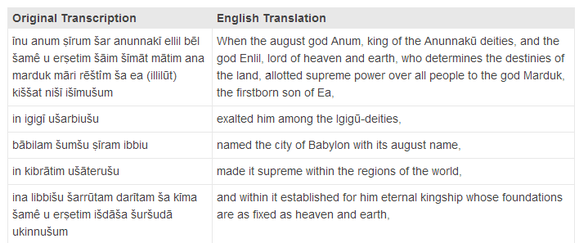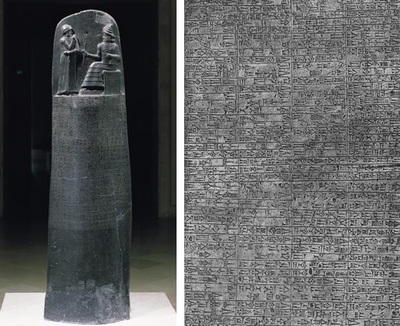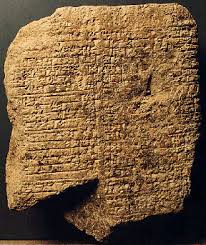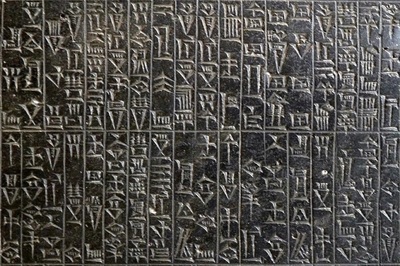Creation of the Code
“… let the oppressed, who has a case at law, come and stand before this my image as king of righteousness;
let him read the inscription, and understand my precious words; the inscription will explain his case to him; he
will find out what is just, and his heart will be glad …”
-Code of Hammurabi, translated by L.W. King
|
As Hammurabi's empire grew, he saw the need to unify the various cultural groups that he ruled. Thus, he sent legal experts throughout his kingdom to compile existing laws into one large legal code. Hammurabi eventually compiled a list of 282 laws following an "If...Then..." format, which became the Code of Hammurabi. |
Recording courtesy of: University of London
Image courtesy of: University of London
|
Video courtesy of: AllHistories, Youtube.com
Images courtesy of: TravelBlog, CultureChange, and TravelToEat




